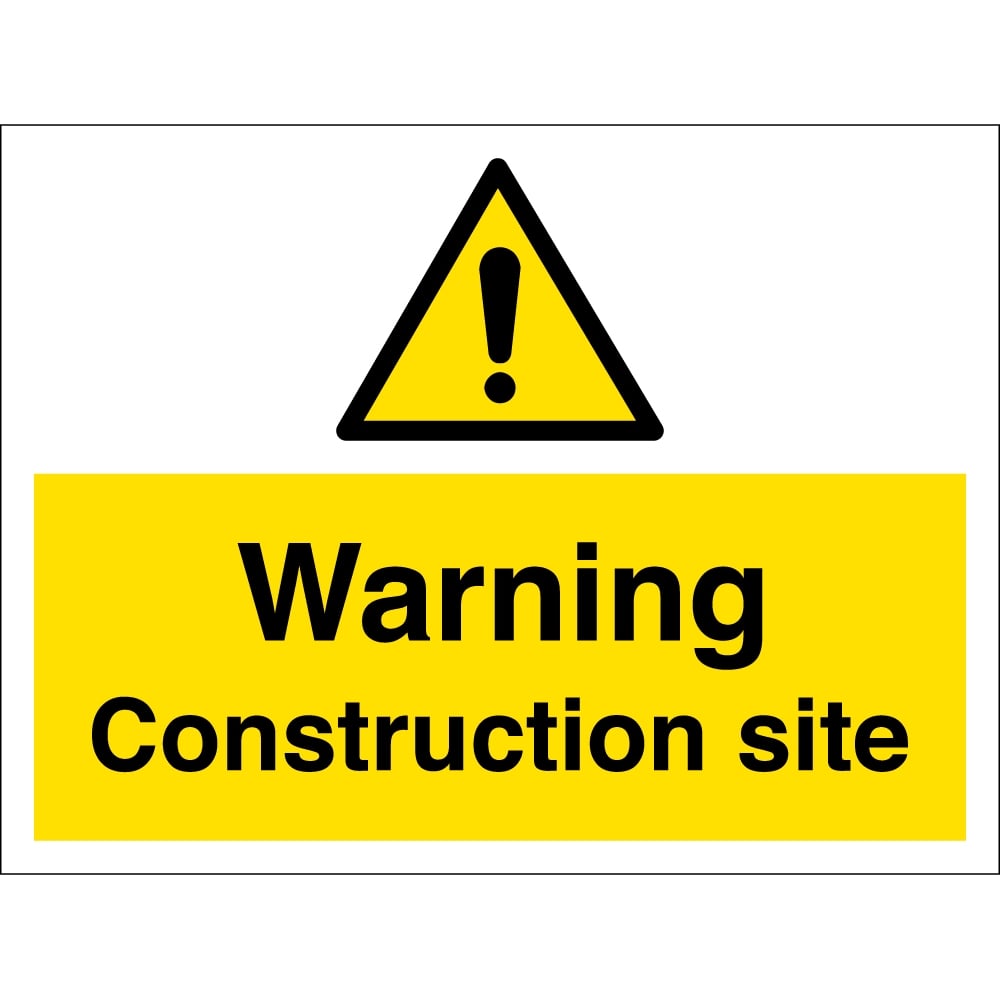- BY Kevin Barry BSc(Hons) MRICS
- POSTED IN Latest News
- WITH 0 COMMENTS
- PERMALINK
- STANDARD POST TYPE

UK Construction Warning Indicators Q4 2025
UK Construction: Surface Stability, Deep Trouble Ahead
Official figures might suggest UK construction is holding steady, but beneath the surface, the foundations are cracking fast. Output has grown by around 1%, yet almost every forward-looking indicator signals a sector sliding into contraction. The data from ONS, S&P Global, and The Insolvency Service reveal the same message: a crisis is forming, even if headline output numbers haven’t caught up yet.
Orders Collapse and Pipeline Evaporating
The sharpest warning sign comes from new construction orders, which collapsed by 22% in Q3 2024 — the largest quarterly fall in recent history. Private housing orders have been hit hardest, down 31.3% in the same period, while total housing starts have fallen to around 100,000 units per year, down from 153,000 in 2023 and barely a third of the government’s 300,000-home target.
These numbers point to an alarming reality: the future work pipeline is drying up. Projects currently underway were commissioned during a healthier 2022–23 cycle. Once those complete, there’s little new work behind them to sustain contractors through 2025–26.
PMI and Confidence in Freefall
The Construction PMI, a reliable barometer of real-time activity, has remained below 50 — the threshold for growth — for most of 2025, standing at 44.3 in July. Business confidence within the sector is at its second-lowest point since 2022, with many firms freezing recruitment and delaying tenders as uncertainty deepens.
This slump in sentiment reflects a combination of high interest rates, slow-moving public investment, and planning bottlenecks that continue to frustrate both developers and housing associations. Even as inflation eases, finance and approval delays are choking off momentum.
Record Insolvencies and Sectoral Strain
Insolvency data provide another red flag: 3,934 construction firms have gone under in the past 12 months — 22% above pre-pandemic levels. Construction now accounts for 17% of all UK business failures, making it the hardest-hit industry by far. Rising material costs, delayed payments, and thin margins are pushing smaller contractors to the brink, while subcontractors report worsening cashflow as projects stall or downsize.
The Disconnect: Why Output Looks “Fine”
So why do ONS output figures still show mild growth? Because they measure work completed, not work won. The current output reflects projects commissioned 12–24 months ago, when the pipeline was still healthy. As those finish, the underlying collapse in orders will begin to show up in the output data by late 2025.
Without a recovery in housing starts, infrastructure tenders, and local authority capital programmes, the sector faces a hard landing — potentially triggering job losses, supply-chain failures, and a drag on GDP.
Rebuilding the Pipeline
The construction industry’s health depends on confidence and continuity. A coordinated strategy is needed:
- Accelerate planning approvals for housing and infrastructure.
- Stabilise public sector pipelines through consistent funding cycles.
- Support SMEs via prompt payments and targeted relief for energy-intensive trades.
The current illusion of stability will not last. Without urgent action, the cracks visible in today’s data could become tomorrow’s collapse.
